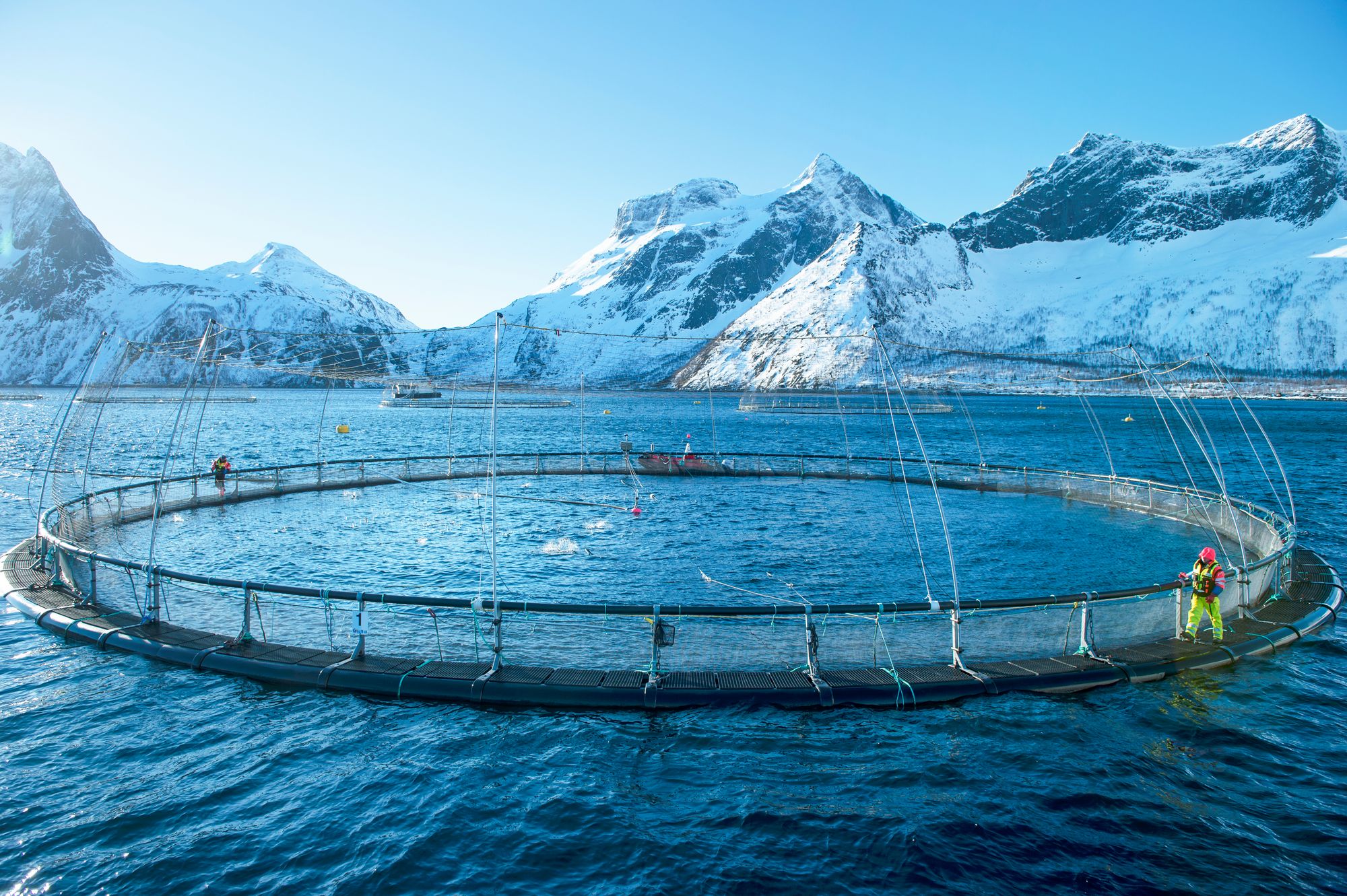Industry data: Farmers are using fewer total lice treatments
Our data suggest farmers are becoming more strategic in their treatments—and it appears to be effectively keeping levels controlled.

Cover image courtesy of Norwegian Seafood Council, Johan Wildhagen. This data originally published on iLaks.no on October 16, 2020.
Sea lice cost the Norwegian aquaculture industry an estimated NOK 5 billion per year.
While the price of mechanical treatments and cleaner fish have grown significantly since 2015, these costs go beyond treatments themselves to include purchasing, feeding, and transporting cleaner fish, growing larger smolt, and purchasing new machines like Hydrolicers and Thermolicers—not to mention prevention measures like lice skirts or lasers.
However, Manolin’s industry data suggests that farmers are effectively keeping levels controlled this year. Looking at the four main treatment types (medicinal, in-feed, mechancial, and cleaner fish), so far this year, Norwegian salmon farmers are using fewer total treatments than in previous years.
The total number of bath/chemical treatments has remained low and steadily dropped throughout 2020. According to Manolin’s data, farmers this year used the lowest number of bath/chemical treatments since before 2017.
The year-to-date total amount of cleaner fish used is lower than it has been in the previous three years.
The total number of in-feed treatments, too, is lower than we’ve seen since before 2017.
However, the total number of mechanical treatments used across the country has been trending higher.
The data shows that farmers across Norway are striving to keep lice counts down without deploying too many treatments overall, and it’s working. Farm lice levels have been relatively controlled so far this year.
For more data on the state of Norwegian salmon farming, subscribe to Manolin’s newsletter.